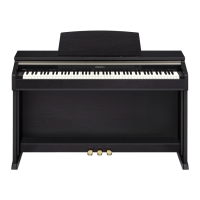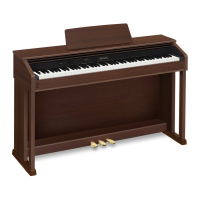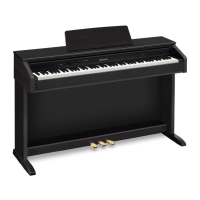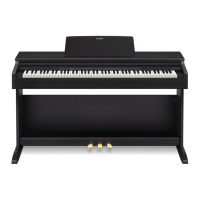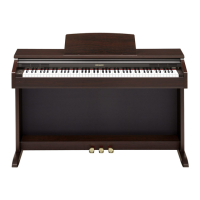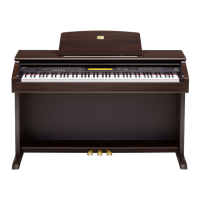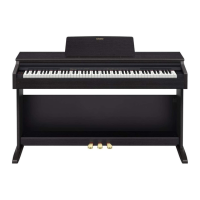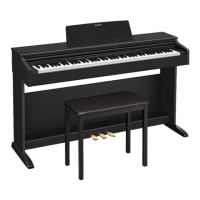How to fix no sound when pressing keys on Casio Celviano AP-420?
- SSue NorrisJul 30, 2025
If no sound comes out when you press a key on your Casio Musical Instrument, check these things: * Make sure the VOLUME isn't set to “MIN”; turn it up towards “MAX”. * Unplug anything from the PHONES jacks. * Ensure MIDI Local control is on.
